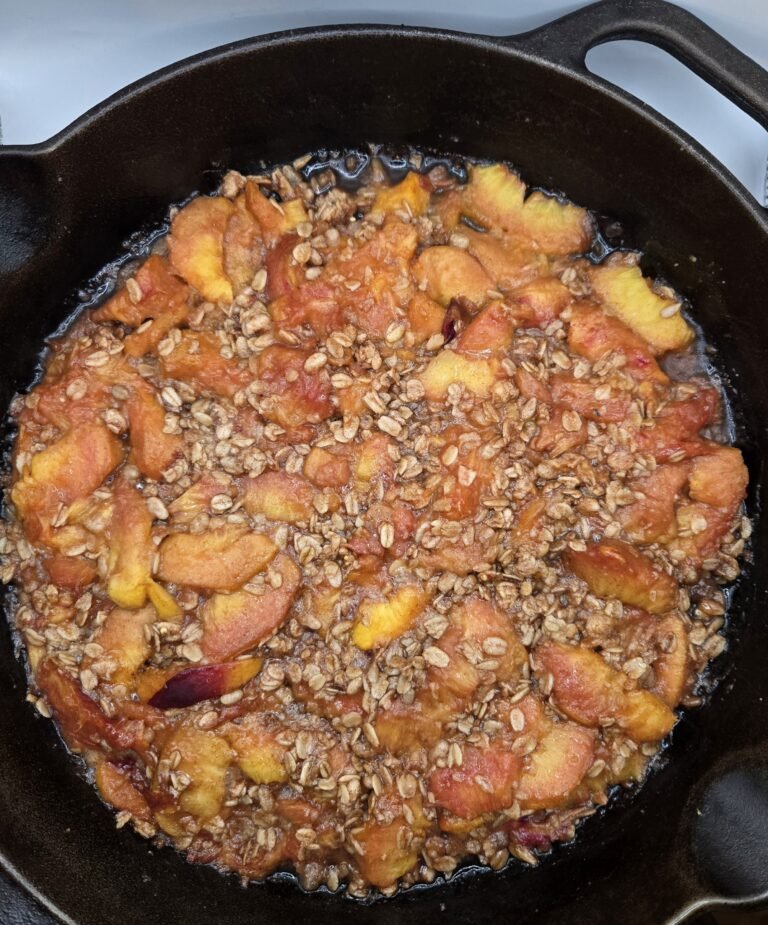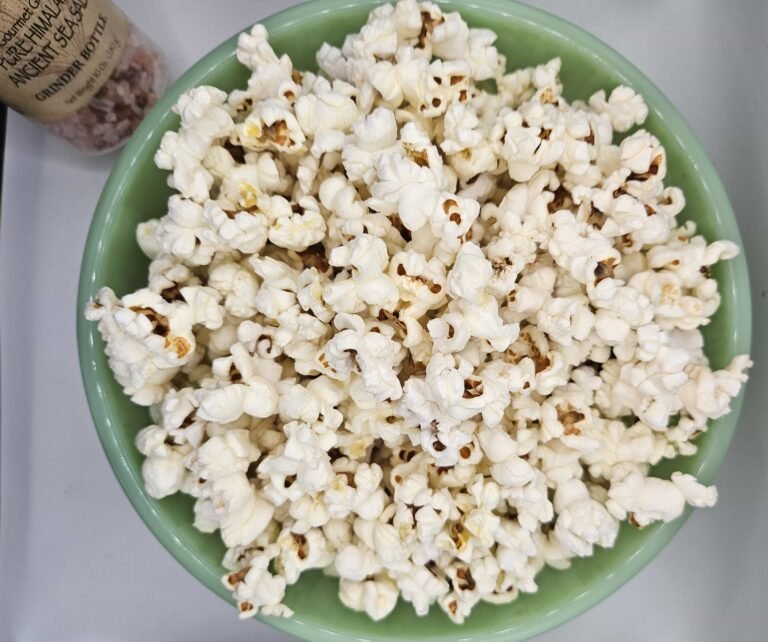Someone forwarded me an email about events going on through Slow Food DC. The Slow Food movement began in Rome, Italy, in the late 1980s after a McDonald’s tried to open a franchise there. Since then, the Slow Food organization has grown to include 150 countries. The U.S. association is made up of over 200 local chapters found in all states and the District. Local community events take place that could be anything food related from potluck dinners to workshops, including youth groups. A couple of events in the DC newsletter were a cooking class using ingredients local to the Chesapeake area, and a gelato making and tasting demonstration. It’s not likely I’d be heading into DC very often, but I checked the Slow Food USA website and found a chapter in Baltimore and became a member.
The Slow Food USA mission is good, clean and fair food for all, which means:
- Good – Our food should be tasty, seasonal, local, fresh and wholesome.
- Clean – Our food should nourish a healthful lifestyle and be produced in ways that preserve biodiversity, sustain the environment and ensure animal welfare – without harming human health.
- Fair – Our food should be affordable by all, while respecting the dignity of labor from field to fork.
- For All – Good, clean and fair food should be accessible to all and celebrate the diverse cultures, traditions, and nations that reside in the USA.
They hit just about everything except: Fun – Our food will be a beautiful celebration! Gradually this blog is covering the points in their mission and their key program areas, two of which are:
Biodiversity – The industrialization of food in the United States is resulting in threats to our food supply and security. Some of the ways this is evident – from their website – are:
- More than 90% of crop varieties have disappeared from farmers’ fields
- Half of the breeds of many domestic animals have been lost
- Just 3 companies process more than 70% of all U.S. beef
- More than 70% of large fish species have been over-fished in the past century, with many fish populations virtually becoming extinct
- More than 80% of corn and 90% of soybean seeds are now patented by just one company (genetically modified)
Children & Food – Maintaining school gardens and curriculum that include food education and projects including cooking lessons.
One time I was reading an article in the Slow Food USA magazine called The Snail and the author asked a popular question around the topic of fast food and how people spend most of their food dollars eating out: “How is it that with all the modern conveniences afforded us in the 21st century, we still don’t think we have the time to do something everyone had time for until the middle of the 20th century?”[1] It’s funny how we ask ourselves that question about a lot of activities besides having a real meal at home.
Folco Portinari, a co-founder of Slow Food with Carlo Petrini, wrote, “May suitable doses of guaranteed sensual pleasure and slow, long-lasting enjoyment preserve us from the contagion of the multitude who mistake frenzy for efficiency.”[2] Amen.
My new, local Slow Food group has regular book club meetings which sound right up my alley. That might give me something to do some evening instead of driving kids all over tarnation.
[1] Slow Food USA Magazine article by Kurt Michael Friese, Issue 9, Spring 2009.
[2] Official Slow Food Manifesto, as published in “Slow Food: A Case for Taste,” 2001.





